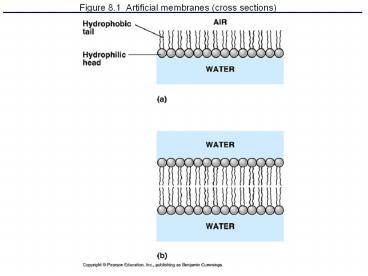Figure 8.1 Artificial membranes (cross sections) PowerPoint PPT Presentation
1 / 24
Title: Figure 8.1 Artificial membranes (cross sections)
1
Figure 8.1 Artificial membranes (cross sections)
2
Figure 8.4 The fluidity of membranes
3
Figure 8.5 Evidence for the drifting of membrane
proteins
4
Figure 8.6 The detailed structure of an animal
cells plasma membrane, in cross section
5
Figure 8.7 The structure of a transmembrane
protein
6
Figure 8.9 Some functions of membrane proteins
7
Movement of substances through the membrane
- May be
- passive requires no energy expenditure by cell.
- Diffusion
- Osmosis
- Facilitated diffusion
- Active does require energy expenditure
8
Passive transport
- Depends on concentration gradients.
- Materials move from area of high concentration to
low concentration - If occurs across a membrane, the membrane must be
permeable to the substance. - Size is a major factor
- Electrical charges
- Polar vs non-polar
9
Diffusion
- Movement of particles (solute) from high to low
concentration will continue until there is an
even distribution of particles. - This is called equilibrium.
- Particles move across the membrane randomly at
equilibrium.
10
Diffusion of two solutes
- If there are 2 or more kinds of solute, each
moves independently of the other 2 different
concentration gradients exist. - Membranes may be permeable to some substances and
not others selective permeability.
11
Figure 8.10 The diffusion of solutes across
membranes
12
Osmosis
- Diffusion of water (solvent) is called osmosis.
- Water molecules will move from regions of lesser
solute concentration to regions of greater solute
concentration. - Movement of water stops when equilibrium is
reached.
13
Osmotic equilibrium
- In osmosis, water accumulating on one side of a
membrane exerts pressure on the membrane. - If this pressure is great enough, it may stop
entry of water molecules from the other side,
even though a concentration gradient still
exists. - This is important for plant cells!
14
Figure 8.11 Osmosis
15
Tonicity
- When comparing the concentrations of 2 solutions
- Isotonic same concentration of solute
- Hypertonic higher concentration of solute
- Hypotonic lower concentration of solute
16
Figure 8.12 The water balance of living cells
17
Movement through the membrane - passive
- In diffusion and osmosis, very small molecules
may pass directly between the phospholipids as
long as they are not charged. - Ions can NOT pass through
- Some water can pass
- O2 and CO2 can pass
- Small lipids can pass
18
Facilitated Diffusion
- Charged particles and some molecules can move
passively through protein channels. - The channels facilitate passage through the
membrane. - The proteins may undergo a shape change as the
particles pass, but no energy is expended.
19
Figure 8.14 Two models for facilitated diffusion
20
Figure 8.15 The sodium-potassium pump a
specific case of active transport
21
Figure 8.16 Review passive and active transport
compared
22
Figure 8.17 An electrogenic pump
23
Figure 8.18 Cotransport
24
Figure 8.19 The three types of endocytosis in
animal cells

